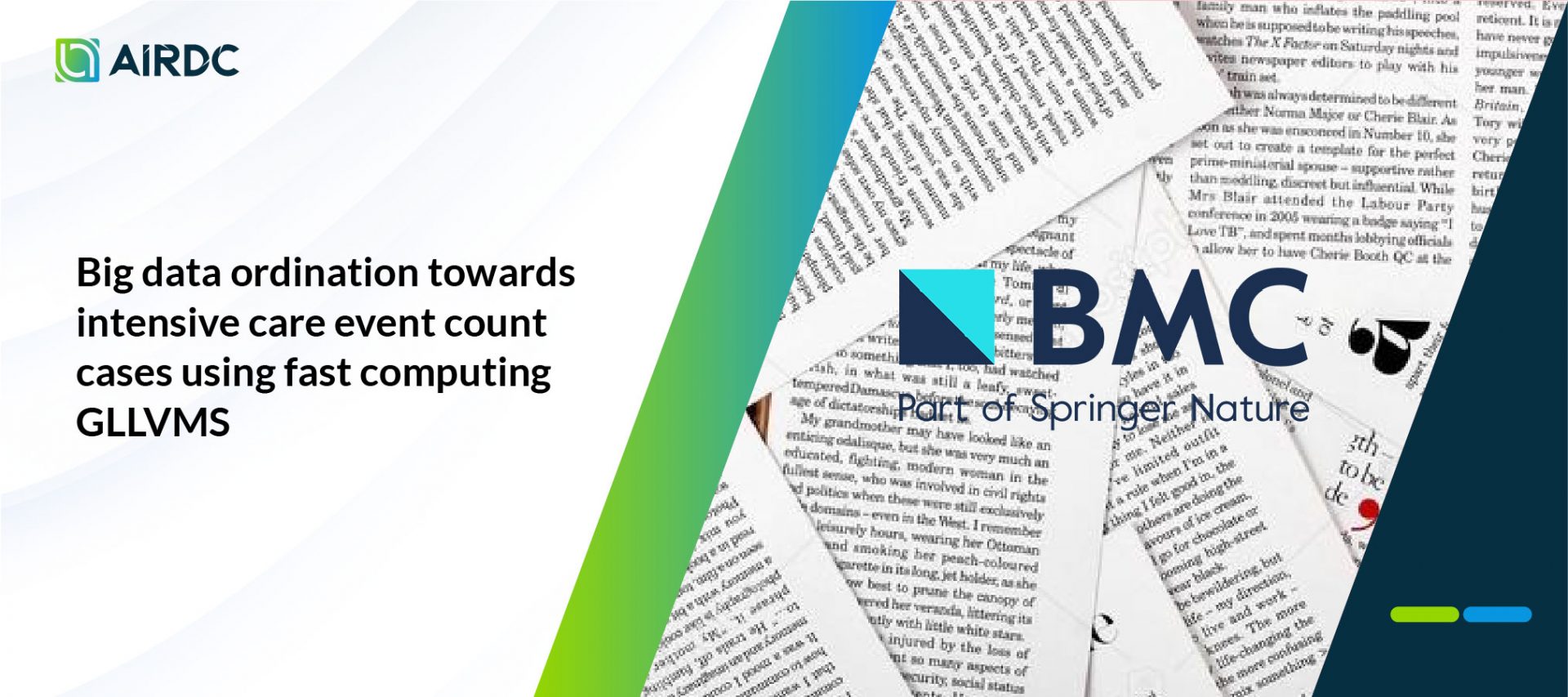Big data ordination towards intensive care event count cases using fast computing GLLVMS

In heart data mining and machine learning, dimension reduction is needed to remove multicollinear-ity. Meanwhile, it has been proven to improve the interpretation of the parameter model. In addition, dimension reduction can also increase the time of computing in high dimensional data. Methods: In this paper, we perform high dimensional ordination towards event counts in intensive care hospital for Emergency Department (ED 1), First Intensive Care Unit (ICU1), Second Intensive Care Unit (ICU2), Respiratory Care Intensive Care Unit (RICU), Surgical Intensive Care Unit (SICU), Subacute Respiratory Care Unit (RCC), Trauma and Neurosurgery Intensive Care Unit (TNCU), Neonatal Intensive Care Unit (NICU) which use the Generalized Linear Latent Variable Models (GLLVM’s). Results: During the analysis, we measure the performance and calculate the time computing of GLLVM by employing variational approximation and Laplace approximation, and compare the different distributions, including Negative Binomial, Poisson, Gaussian, ZIP, and Tweedie, respectively. GLLVMs (Generalized Linear Latent Variable Models), an extended version of GLMs (Generalized Linear Models) with latent variables, have fast computing time. The major challenge in latent variable modelling is that the function f (Θ) = f (uΘ)h(u)du is not trivial to solve since the marginal likelihood involves integration over the latent variable u. Conclusions: In a nutshell, GLLVMs lead as the best performance reaching the variance of 98% comparing other methods. We get the best model negative binomial and Variational approximation, which provides the best accuracy by accuracy value of AIC, AICc, and BIC. In a nutshell, our best model is GLLVM-VA Negative Binomial with AIC 7144.07 and GLLVM-LA Negative Binomial with AIC 6955.922.
BMC Medical Research Methodology
Rezzy Eko Caraka, Rung-Ching Chen, Su-Wen Huang, Shyue-Yow Chiou, Prana Ugiana Gio, Bens Pardamean

